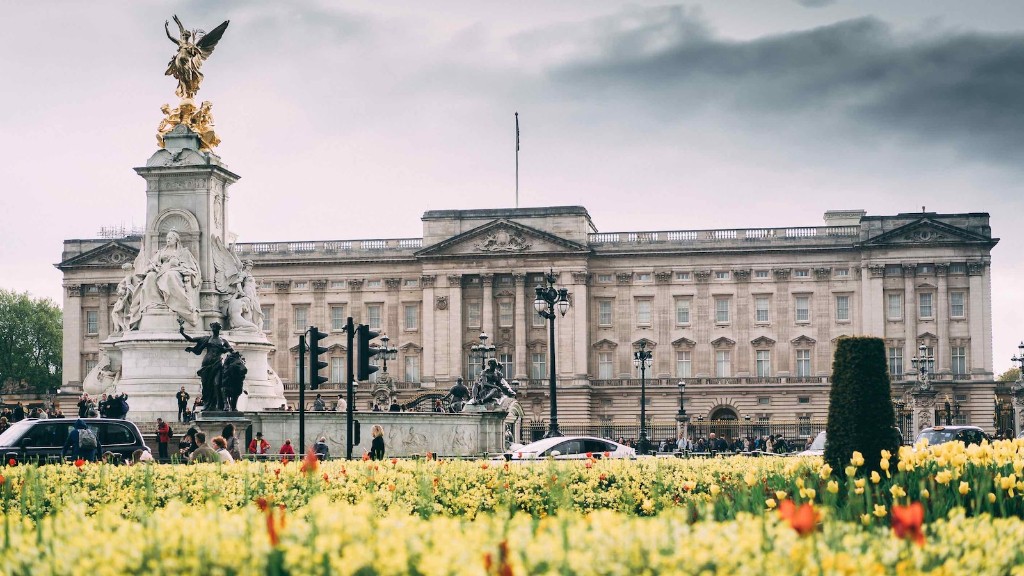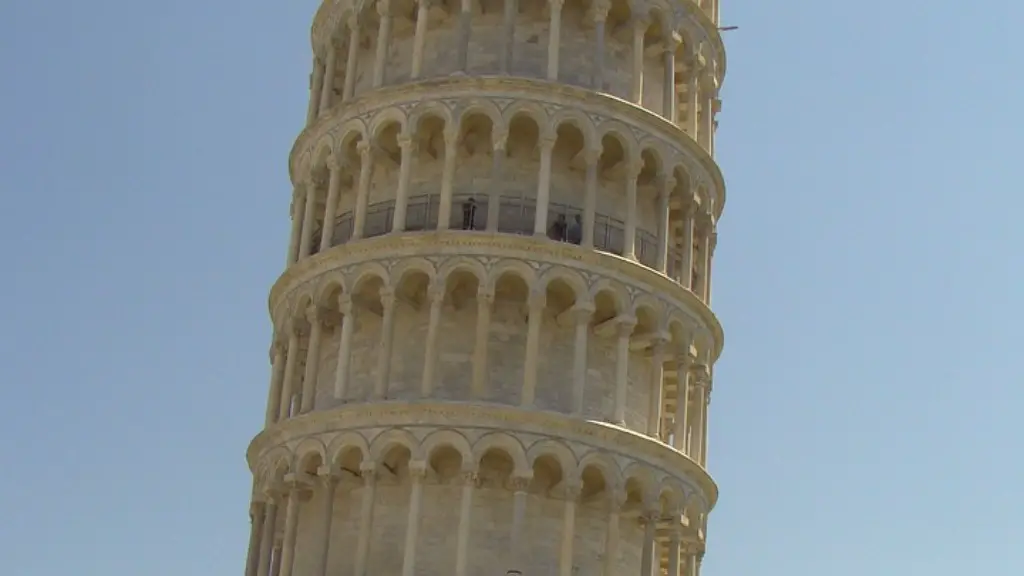Where is the City of Pompeii?
Pompeii is an ancient Roman city near modern Naples, Italy. This city was famously preserved in ash following the volcanic eruption of Mount Vesuvius in 79 AD. Due to the seismic activity and unusual geography of the area around the Bay of Naples, many displaced people would carry out its ancient splendor, so there is much to be discovered here. As visitors, discovering the lost city of Pompeii is an incredible journey.
In ancient Rome, Pompeii was a prosperous port city and had become a major hub of trade due to its strategic location. It was a place of religious ceremonies, cultural celebrations and pleasure trips. In the first century AD, the city was home to some 10,000 to 20,000 inhabitants. The most famous eruption of Mount Vesuvius was in 79 AD when the community of Pompeii was destroyed by a violent eruption causing complete destruction of the buildings and human remains. It was lost for centuries until it was re-discovered in the late 1700s when explorers stumbled upon the ruins.
The excavation process began after Italian archaeologist Giuseppe Fiorelli led the investigation of Pompeii in the 1860s. Currently, excavations are still underway and almost all of the city has been uncovered. It is estimated that nearly 3 million people visit the ancient site each year. The ruins of Pompeii are today protected by the Archaeological Park of Pompeii, a Unesco World Heritage Site since 1997. The ruins provide a detailed insight into everyday life in ancient Rome, thanks to a level of preservation unmatched anywhere else in the world.
The city was largely untouched and forgotten until 1748, when King Charles of Bourbon ordered an excavation of the ruins. Excavations of Pompeii have been ongoing since then, with many of the homes, public areas and temples unearthed, complete with colorful architectural details, frescoes and mosaics still intact. Thanks to the volcanic ash, which acts as a preservative, the city has managed to remain intact for over 2000 years giving researchers an invaluable source of information about the ancient world.
The layout of the city
Pompeii is laid out in a very regular grid formed by intersecting streets, insulae (blocks of houses) and pomeri (large open public spaces for gatherings). It was at the center of the Roman world and was home to some of the most sophisticated architecture of the time. The old city walls that encircle Pompeii also prove the grandeur of an economy and architecture thriving with decoration, public areas and entertainment.
As visitors, it is possible to explore the city and its lanes, see what wasn’t destroyed and experience the ancient architecture and designs, the immense public and private buildings and the elegant villas with richly decorated interiors. One can also explore the baths, gardens, and temples that were left untouched by the volcanic eruption. The amphitheatre being the most impressive of sites to visit. Built in the 1st century BC, it is capable of seating around 20,000 people and was used by the Romans for recreational and practical purposes.
Pompeii Today
Pompeii today is a UNESCO World Heritage Site, attracting hundreds of thousands of visitors annually. It is the only ancient town in which one can experience the original city plan, the walls, roads and the patricians’ houses. The site gives us a glimpse into the Ancient Roman world and allows us to imagine what it must have been like back then.
The ruins are open to the public and the details are breathtaking. Visitors can explore the streets of the town and see the aqueducts, baths, public and private buildings, villas and temples. There is also an interesting collection of artifacts from the town in the “Pompeii Archaeological Museum”.
The city of Pompeii also offers a unique opportunity for researchers and archaeologists to study the events before and after the explosion. The city has become an important teaching and research tool for archaeologists, giving researchers the chance to gain unique insights into the archaeological record.
The Eruption of Vesuvius
On the morning of August 24th, 79 AD, a catastrophic eruption spewed a blanket of ash and debris over the city of Pompeii. The sky is said to have turned black with pumice, earthquakes shook the ground and a tsunami wiped out the coastline. Within a few hours, the city was coated in nearly twelve feet of ash and it soon became covered by layers of solidified lava that flowed down the slopes of nearby Mount Vesuvius.
Nearly two thousand years later, the destruction of Pompeii is an enduring reminder of the forces of nature and the power of volcanic eruptions. The eruption left behind a remarkable archaeological record: the streets and buildings are still intact, bodies are frozen in time, and artifacts reveal the everyday lives of the citizens. Historians have been able to piece together much of what happened before and during the eruption through written accounts from survivors, first-hand observations from explorers, and archaeological evidence from the ruined city.
Today, scientists are looking at ways to reduce the effect of a similar eruption, including monitoring the region for seismic activity and assessing the risk of lava flows. This kind of research may help us understand how to prepare for and mitigate the effects of natural disasters like volcanic eruptions.
The History Of Pompeii
Before the eruption of Vesuvius in 79 AD, Pompeii was a thriving city. It was believed to have been founded in the 7th century BC, and although there were some political structures in place, it was largely a self-governed city. Over the centuries, it evolved into a major trading port and cultural center, attracting people from all across the Mediterranean. It was one of the most cosmopolitan cities in the Roman world.
The eruption of Vesuvius was a major event in Pompeii’s history, but it was not the end of the city’s story. After it was rediscovered in the 18th century, excavation work began, uncovering monumental public buildings, private residences, and luxurious villas. Since then, the site has provided an incredible source of information about life in the ancient world.
Today, the ruins of Pompeii offer a unique window into the past, and exploring the city’s streets and monuments is an unforgettable experience. It is visited by millions of people each year, drawn in by its fascinating history and the poignant reminder of events that happened two thousand years ago.
The Legacy & Significance Of Pompeii
The town of Pompeii and its legacy to the world are immense. It gives a snapshot of life 2000 years ago, and provides an insight into the daily lives of the people who lived there.
Aside from its archaeological significance, Pompeii has also made an impact on popular culture. The ruins of Pompeii have been featured in novels and multiple films, providing an opportunity for the public to be introduced to the site.
The tragedy of Pompeii is also an important reminder of the fragility of nature and the power of volcanic eruptions. By looking back at the events of 79 AD and studying the site today, scientists are starting to understand better how to prepare for and mitigate similar disasters.
Restoration Projects
Restoring Pompeii has been a monumental endeavor. The city has been damaged by the elements, and in some places, the original stone structures have collapsed. In recent years, the Italian government has funded a number of restoration projects, aimed at preserving and restoring the original walls, monuments and artifacts.
In addition to reinforcing and repairing the weakened structures, the restoration projects have also aimed to conserve the frescoes and mosaics that line many of the city’s buildings. This painstaking work has involved a specialist team of art conservators, who use a method known as “the Aryan method” to restore the frescoes to their original condition.
The restoration of Pompeii is an ongoing process, with new discoveries and techniques being applied over time. Its ancient ruins continue to fascinate and intrigue us, giving us unique insight into the history of the area and one of the most significant archaeological sites in the world.
Tourism & the Economic Impact of Pompeii
The city of Pompeii has become an economically important entity thanks to the influx of tourists and its popularity as an attraction. The ongoing excavations and restoration projects have drawn in visitors from all over the world, eager to explore the ancient ruins and learn more about its history.
Economically, Pompeii has had a massive impact on the region. There are nearly three million tourists visiting the archaeological site each year, generating millions of Euros in revenue and providing local businesses with a much-needed boost.
The city is also an important source of employment for local communities. In addition to the archaeologists and researchers involved in the excavations, there are also hundreds of tour guides and other job opportunities related to tourism.
Pompeii has had a long and tumultuous history, and its legacy to the world is immense. It is a unique archaeological site and a wonderful example of the power of nature. Not only does it tell us a story about the past, it is also teaching us important lessons about how to prepare for and mitigate natural disasters, and how to preserve and restore ancient artifacts. For many visitors, exploring the lost city of Pompeii is an unforgettable experience and a reminder of the fragility of life.


